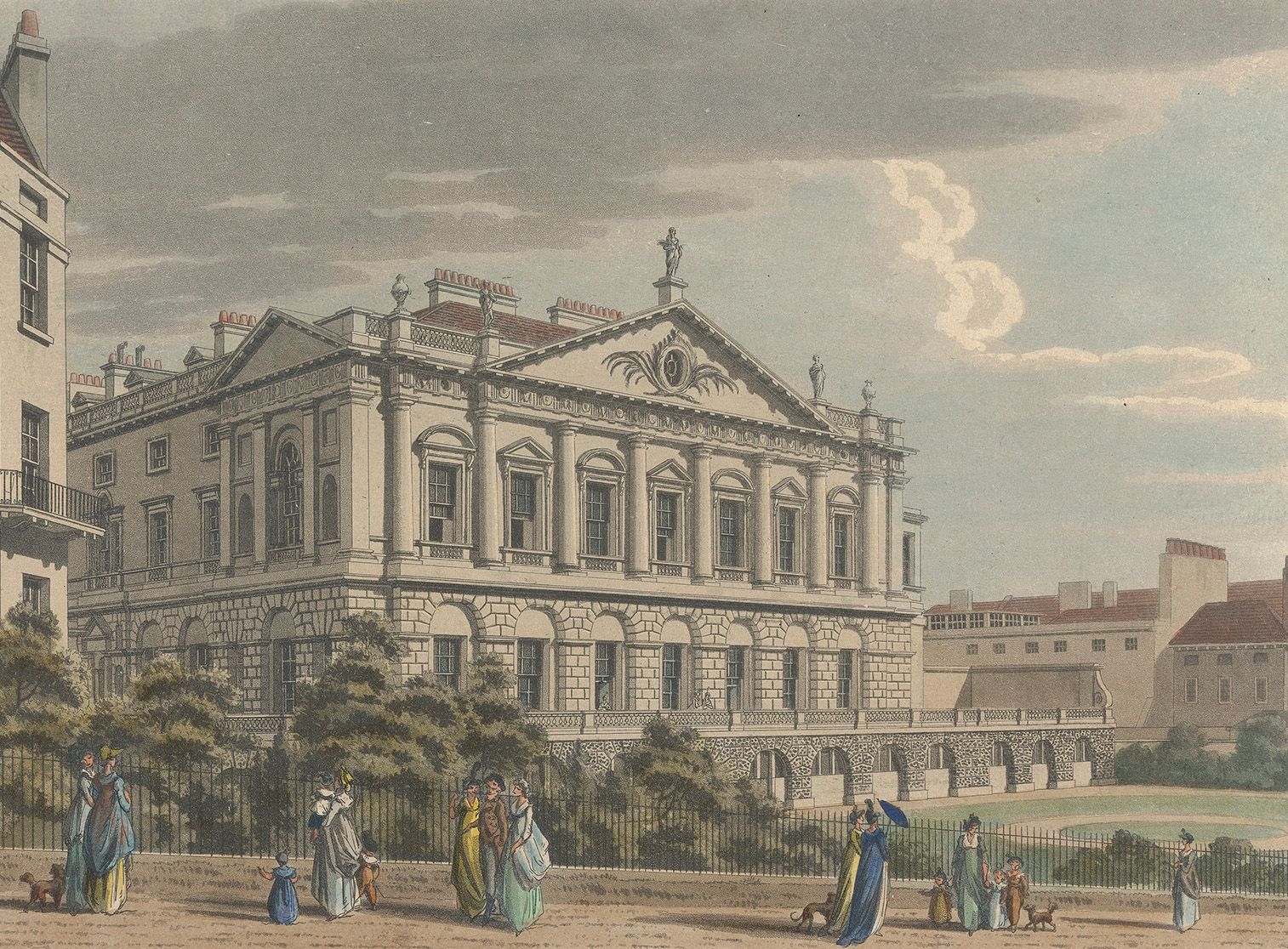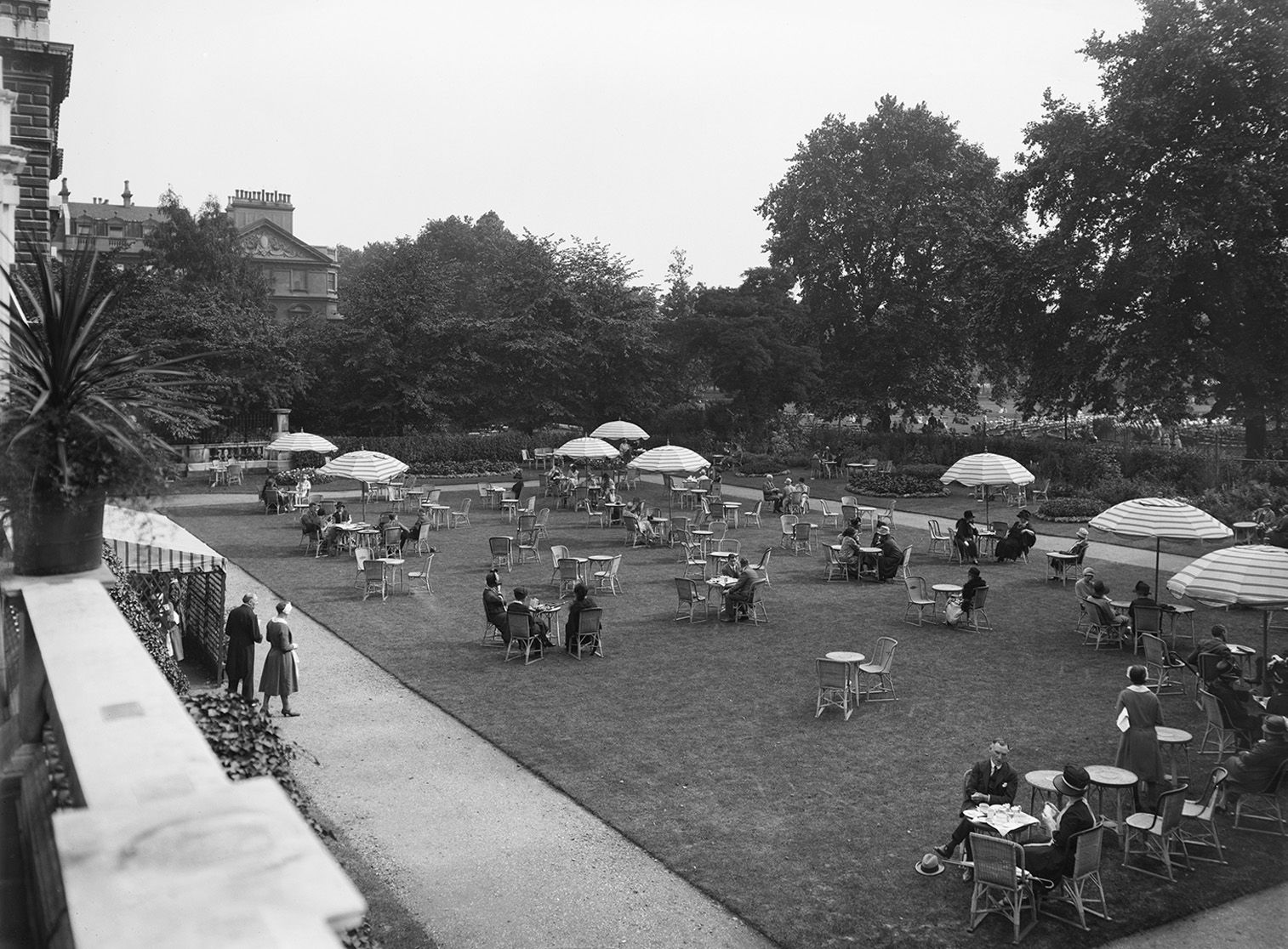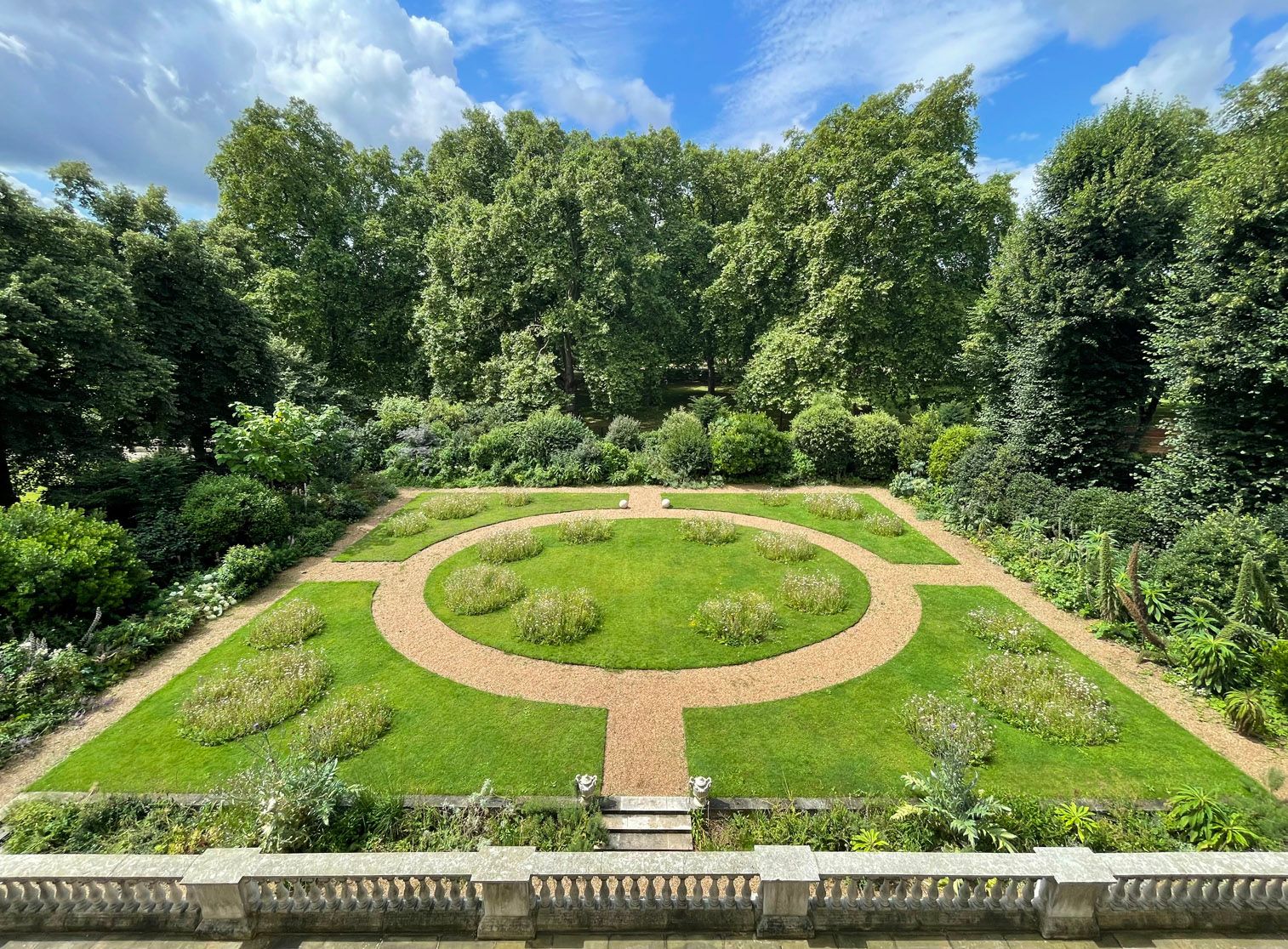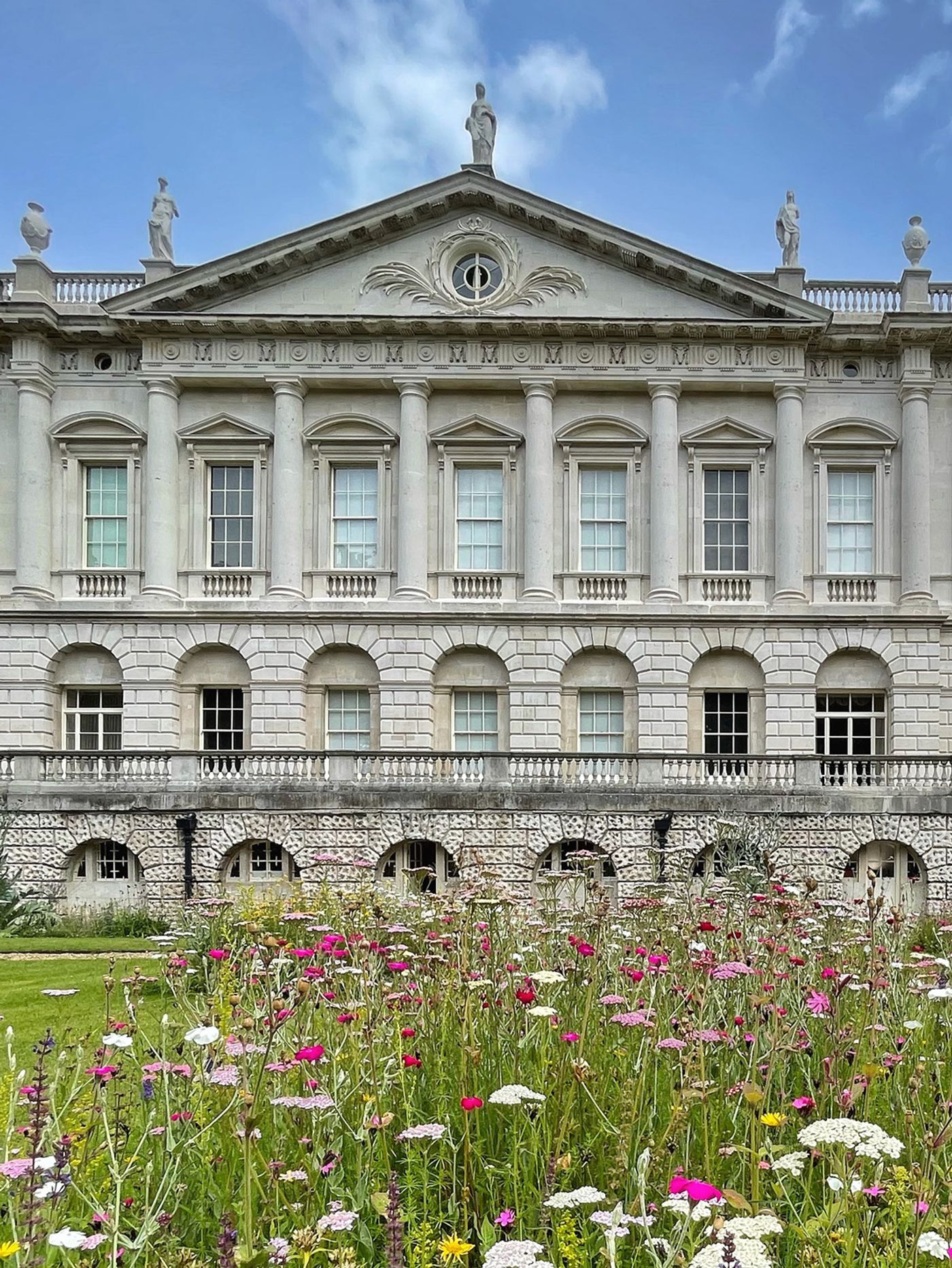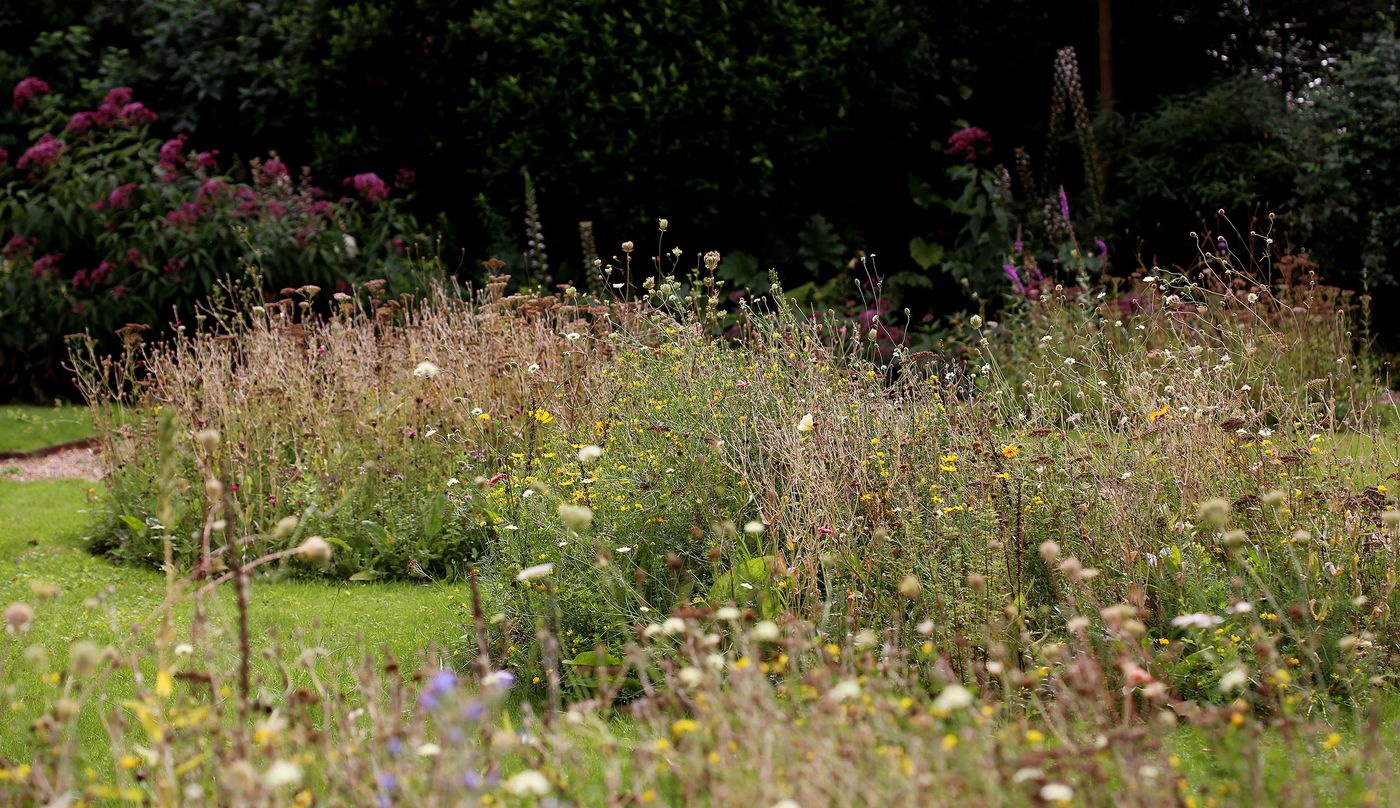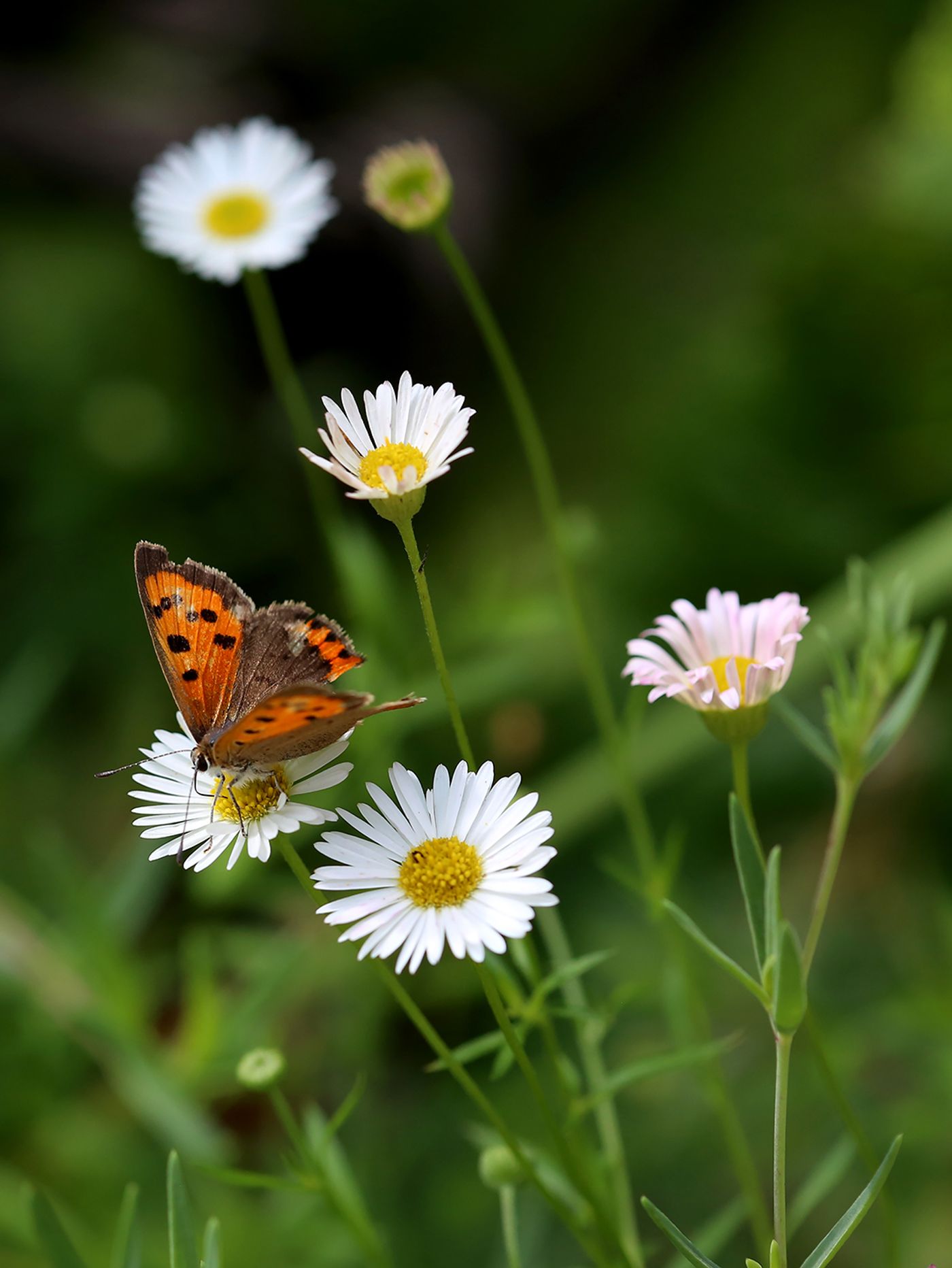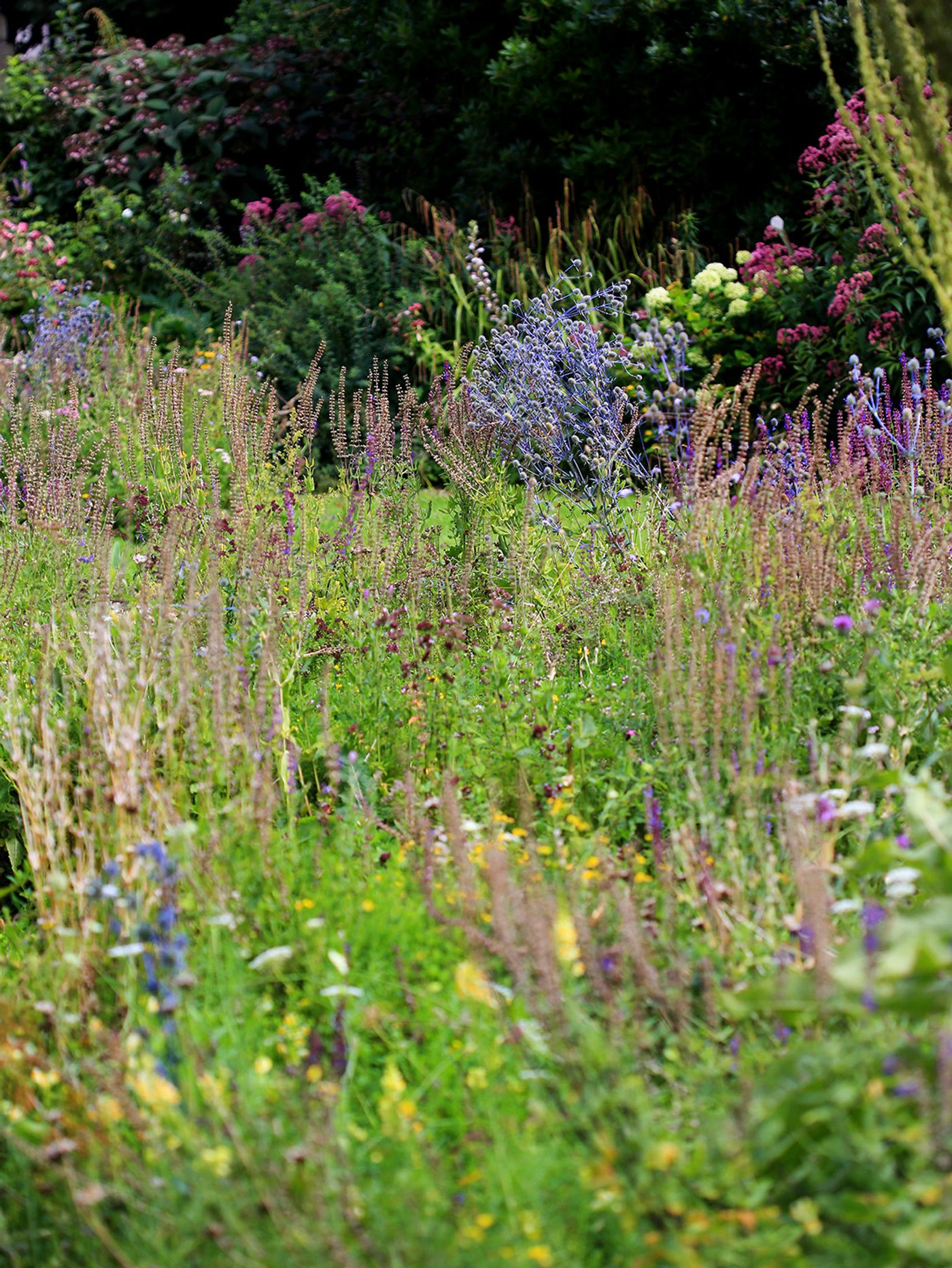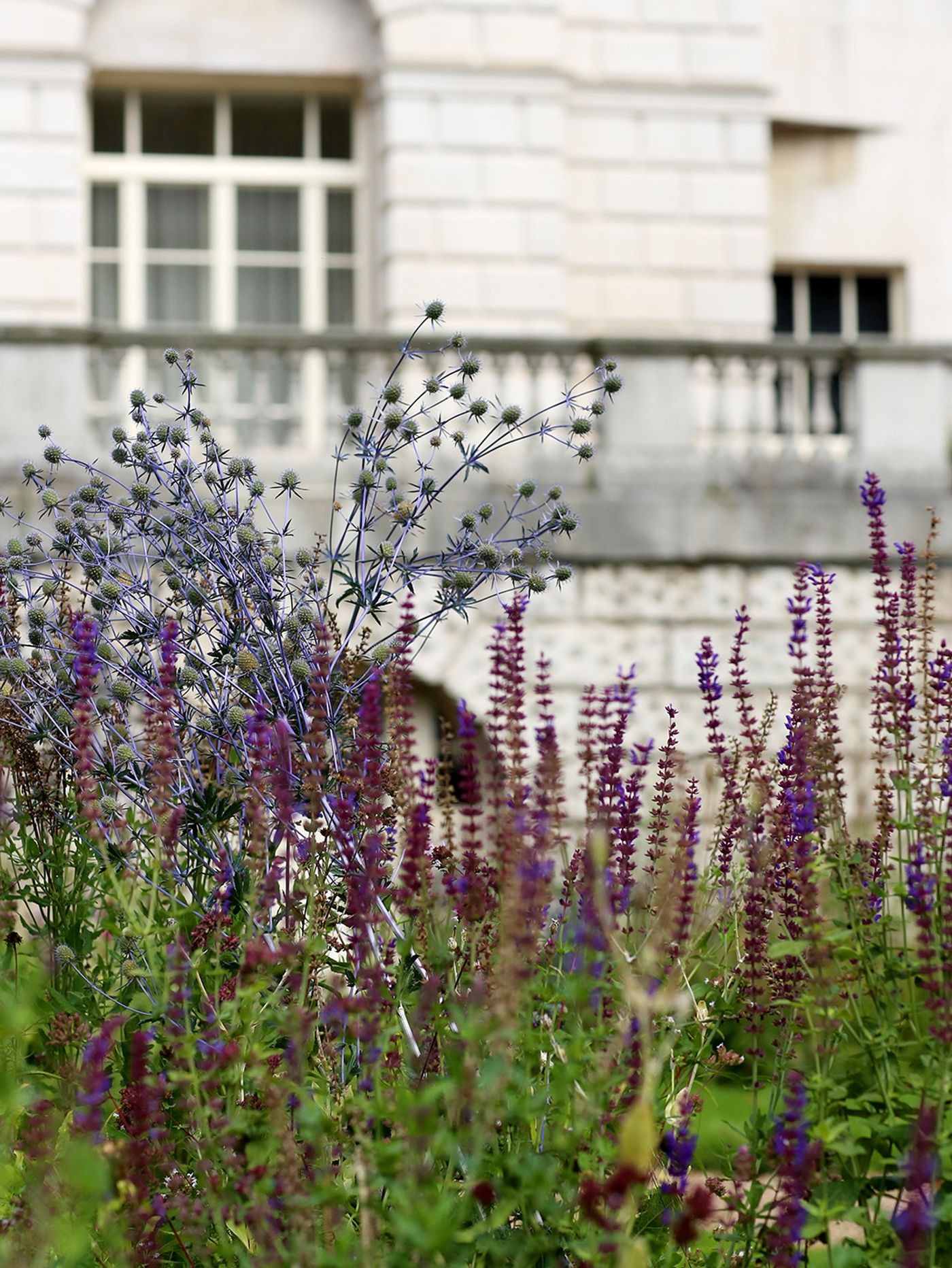The History of the Garden
When Spencer House was first built there was no garden; the terrace fronted directly onto Green Park and a public footpath passed alongside it. This fact explains why there is no obvious access in the form of a grand staircase linking the garden with the terrace.
In 1795, during the residence of the Second Earl Spencer, the Crown Estate granted the houses overlooking the park a strip of land with which to form gardens, and the public footpath was moved to its present position.
Henry Holland designed the original layout of the garden at Spencer House from 1797, possibly in collaboration with Lavinia, Second Countess Spencer, with an oval path and flower beds cut into the central lawn. The garden today reflects this original design, having been recreated by the historic landscape architect Todd Longstaffe-Gowan during the late twentieth-century restoration. At the time, the planting was informed by early nineteenth-century nursery lists in the spirit of historical accuracy.
The Garden Today
Gardens, however, are living creations that change and evolve over time. More recently, the garden has been reimagined in response to growing concerns for the environment. With a new focus on biodiversity, the grounds are now entirely pesticide-free. The formal box hedging has been removed and, in its place, tumbling soft-edged borders create a more relaxed and romantic atmosphere. Regency-style geometric beds have again been carved into the lawn but where once these would have contained exotic bedding schemes, they now form a colourful tapestry of miniature wildflower meadows.
The expanded palette of plants, with a particular focus on native British wildflowers, offers increased floral interest over a longer period of the year. Alive with pollinating insects, the new scheme also enhances the experience for human visitors to the house. In this way, the garden’s design remains true to its heritage whilst continuing to develop in a contemporary manner.
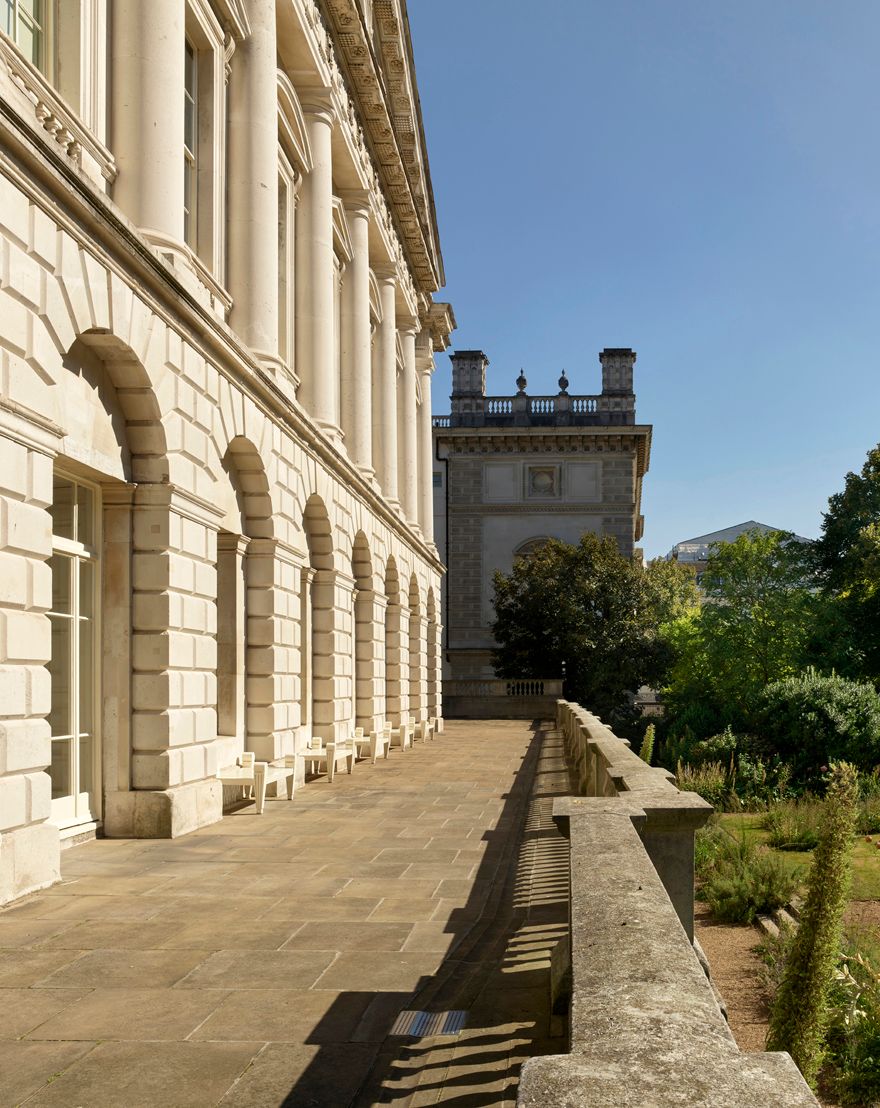
The Terrace
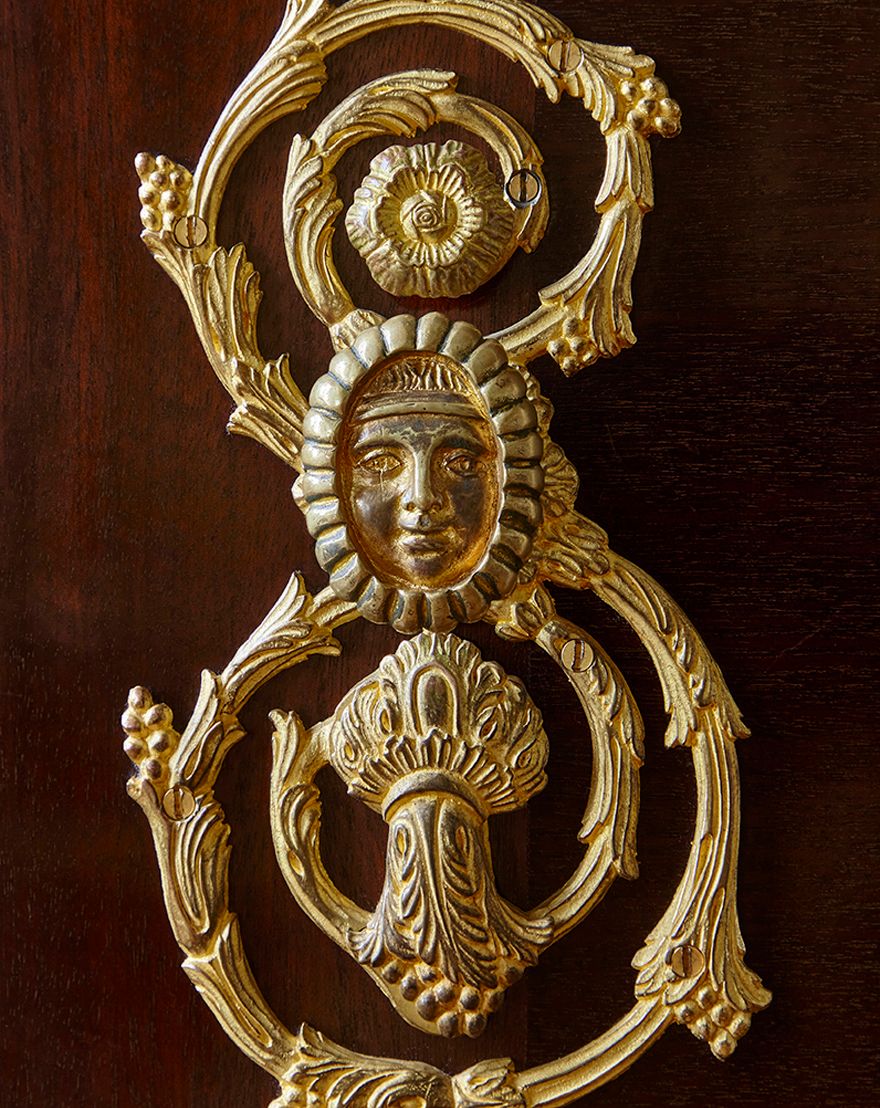
Explore the Rooms
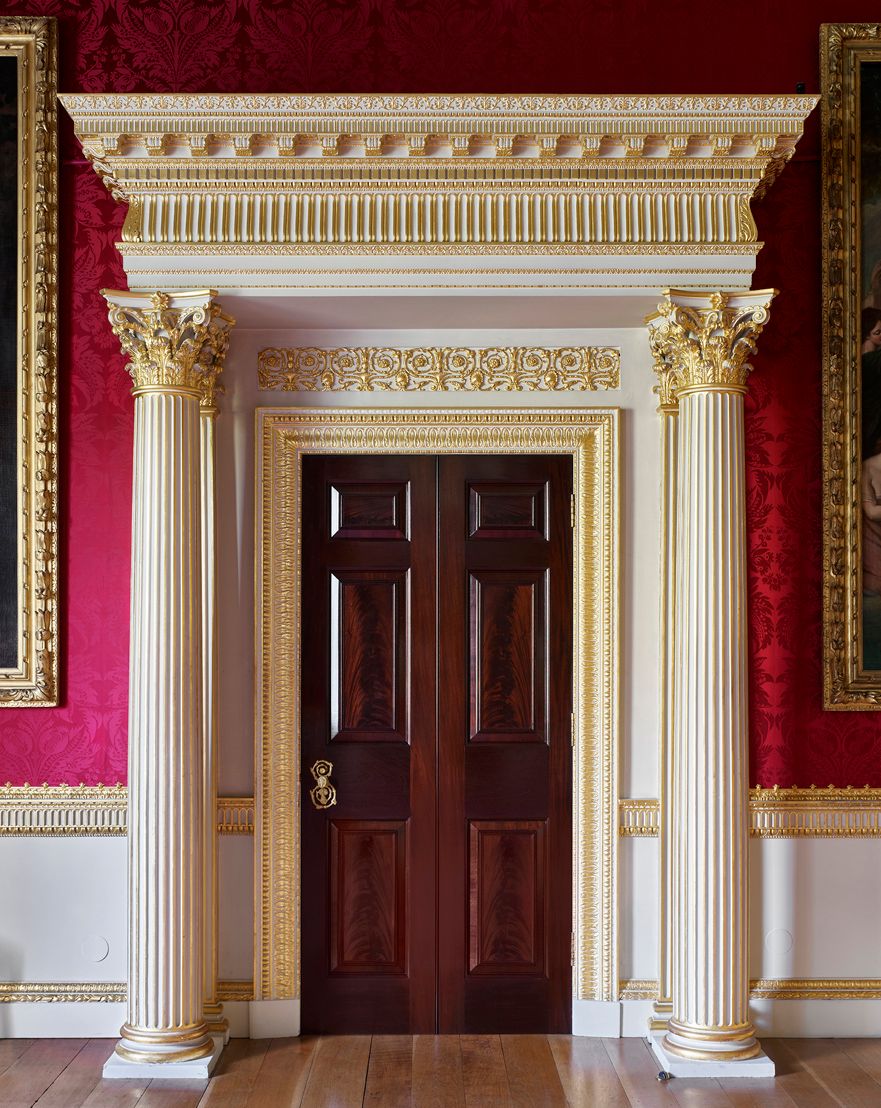
Book a Tour

Sign Up to our Newsletter
Sign up to our newsletter if you would like to receive updates about the house and details of any upcoming special tours and public events.
